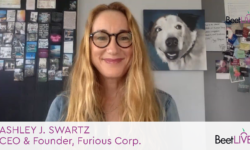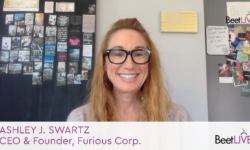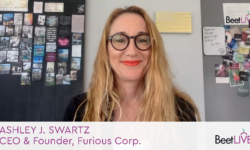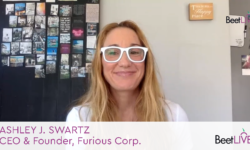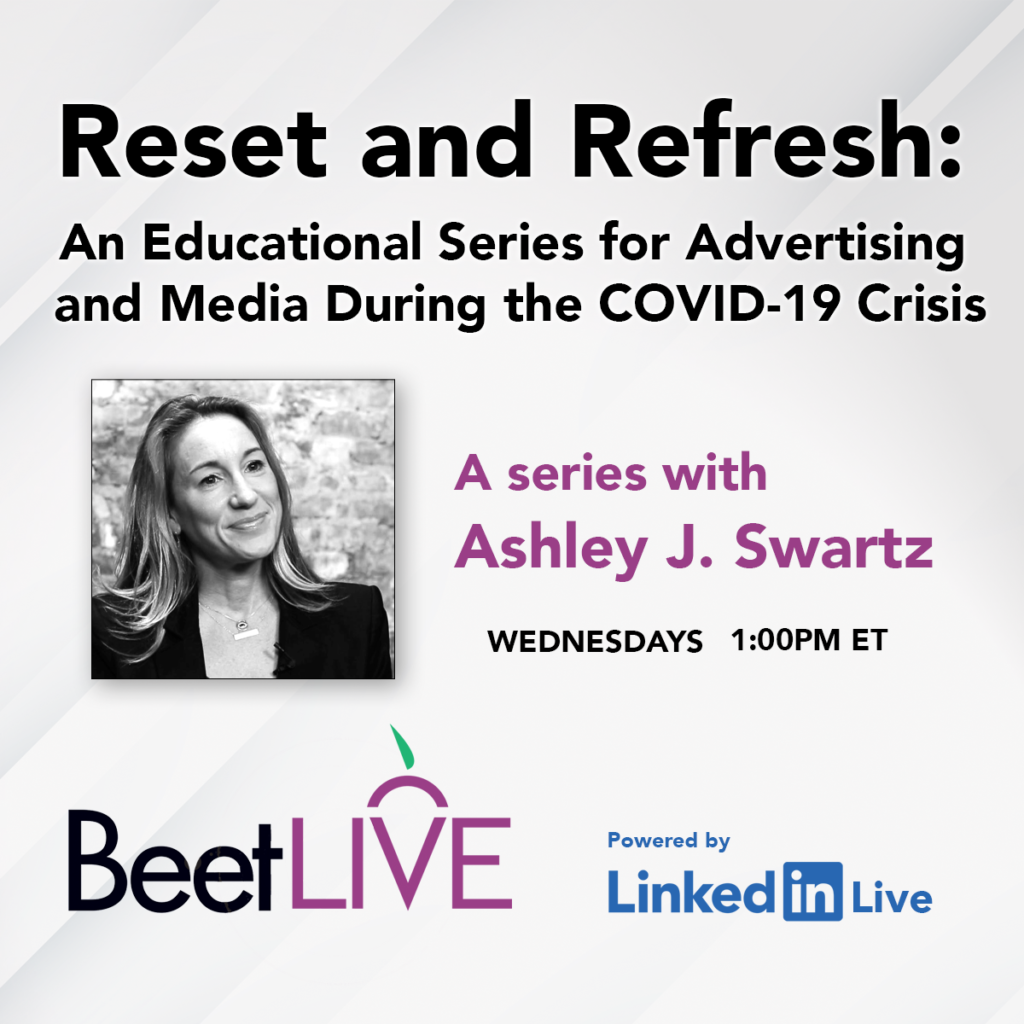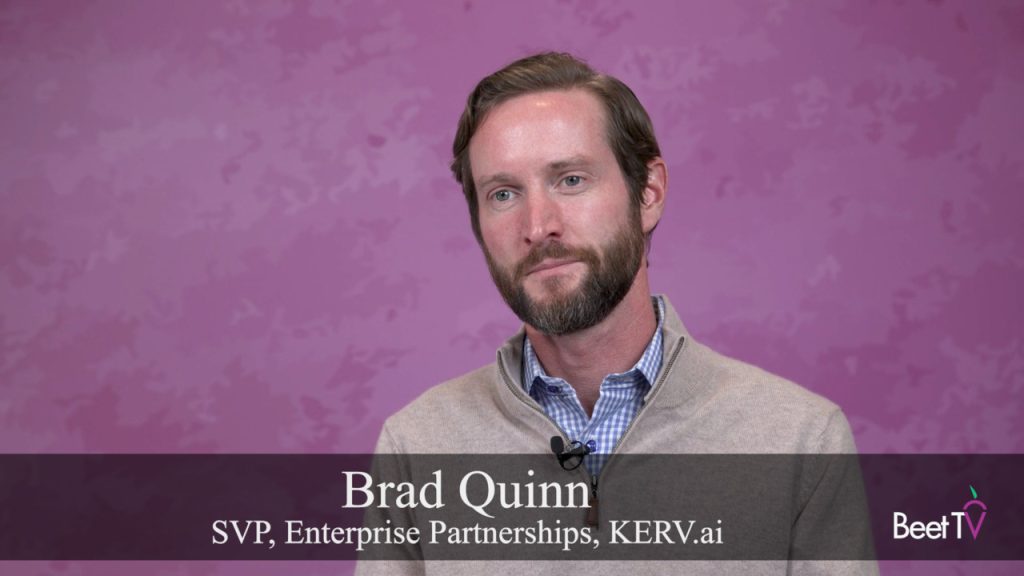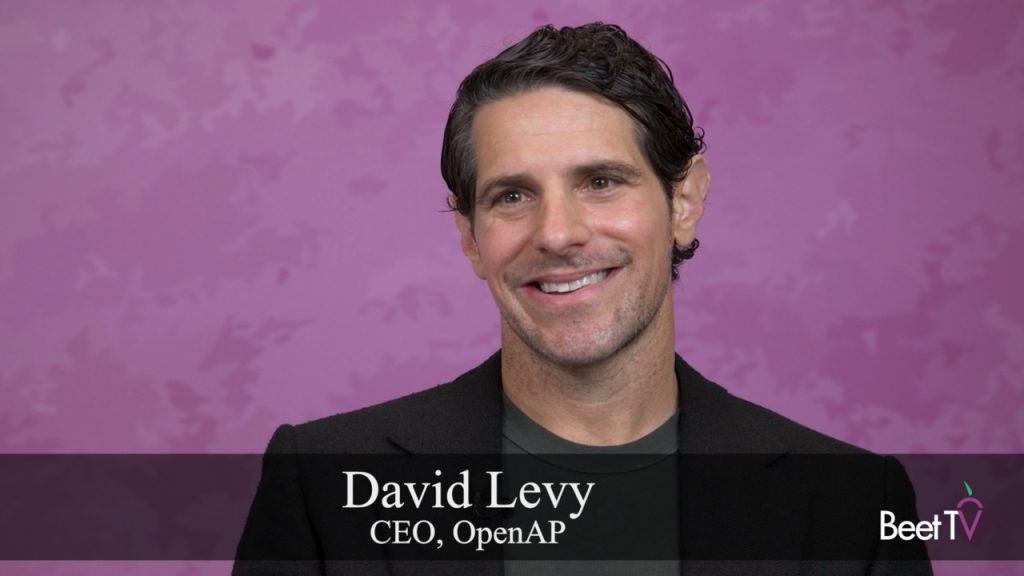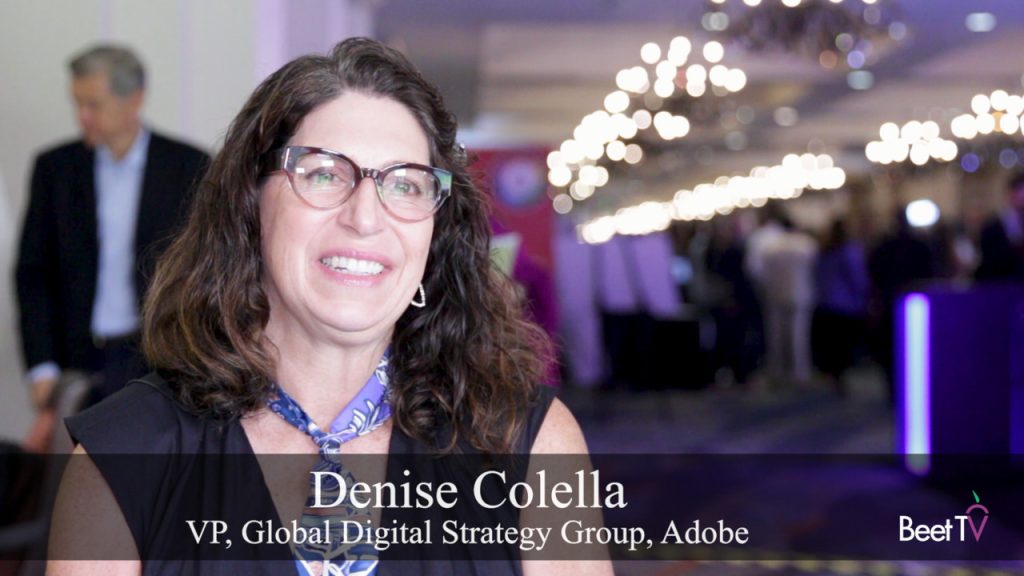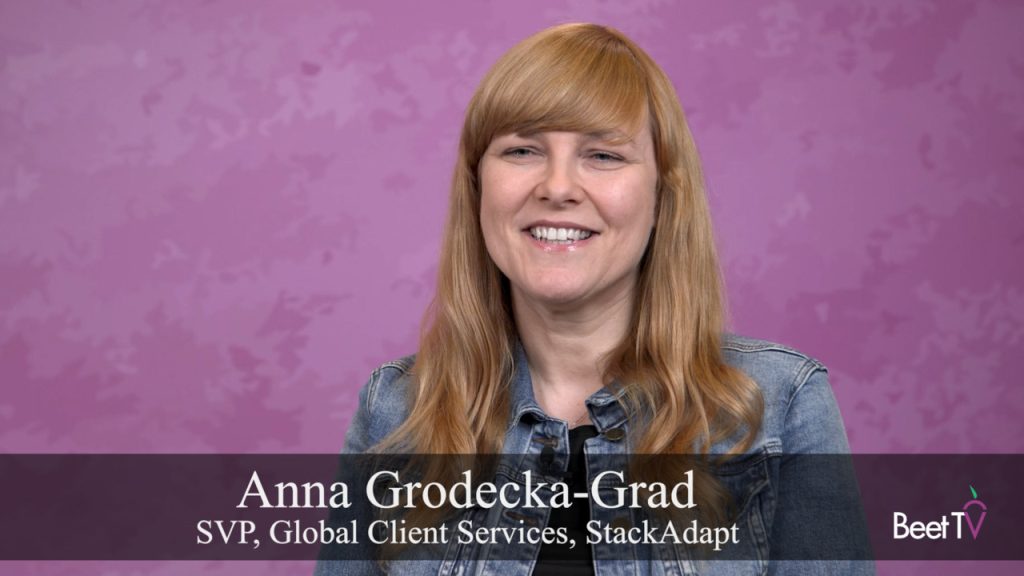Welcome to #BeetU – our weekly educational series for advertising and media during the COVID-19 crisis, hosted by Ashley Swartz, CEO of Furious Corp, longtime Beet contributor and the Dean of #BeetU.
Using Furious’s comprehensive and interactive dictionary, TV101, as our guide, these sessions will unpack the terminology of advanced TV, serving as an introduction for some and a refresher for others.
So, whether a newcomer or a titan, we invite you to join us for this educational series during this reset – live-streamed Wednesdays at 1p ET on Andy’s LinkedIn and Ashley’s Twitter feed.
Session 2: How New Audience Behaviors, Data and Technology are Changing TV & Video Advertising
Ten years ago, If you wanted to get TV programming onto your screen, your options were pretty limited. You would call your local cable or satellite provider to install a set-top box and figure out how large of a bundle you were willing to pay for. Now the options have proliferated, and 71% of internet users use an OTT service at least once a month, according to VAB. This change in how audiences watch TV has changed how programmers and distributors of TV monetize it. Digital advertising technology is being used more and more in the business of TV, to enable greater targeting and to enable the creation of marketplaces to aggregate inventory and maximize reach for advertisers.
In the past decade, what it means to “watch TV” has been totally redefined. The paradigm of sitting down to watch a show at the time it airs is fading fast — with the exception of sports and other tentpole events, like the “Game of Thrones” finale. Now we watch TV whenever we want to across our connected devices, provided we have a good internet connection. This viewing is enabled through a variety of ad and non-ad supported commercial models, creating a challenge for traditional programmers and broadcasters.
This shift of viewing to digital platforms has resulted in significant growth in online video advertising and resulted in a whole new suite of video ad products to the market, while the lion’s share of linear TV continues to be packaged and
sold in the traditional way—upfront and scatter buys of :30 second spots. This contrast, and the erosion of traditional TV audiences (COVID crisis excluded) means that TV sellers are constantly looking for ways to borrow from digital to create new and innovative products for advertisers with greater ROI and resonance to audiences. Ad format or the time of a video ad unit and ad load are two levers with which sellers have been experimenting to compete with pure play digital distributors and programmers.
Access these dictionary sections here: Rise of Digital Video; Video Advertising Products; Data Driven TV Products or click here to view the full library of TV 101 content.
CEO & Founder, Furious Corp.
Weekly Schedule:*
Session 1:
“TV: Broadcast and Cable”: An overview and history
April 8, 2020
Session 2:
Commercial Models for TV & Video; Ad Load; Rise of Digital Video; Video Advertising Products; Data Driven TV Products
April 15, 2020
Session 3:
Ad Targeting; Ad Tech Stack; Currencies of Measurement & Sale; Digital Standards
April 22, 2020
Session 4:
Traditional TV Systems & Workflows; Jobs, Roles & Functions in TV Buying & Selling; Future of TV Advertising
April 29. 2020
Session 5:
Economics of TV: the role inventory management pricing play in portfolio optimization for sellers
May 6, 2020
(*subject to change)











